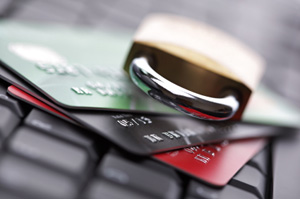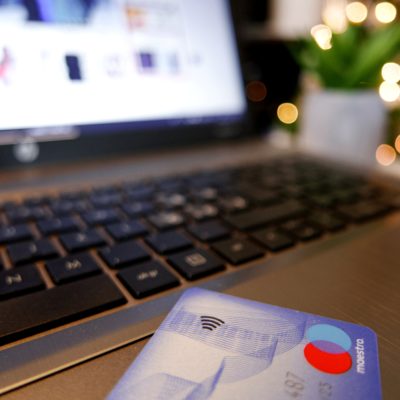 According to a study by IBM Coremetrics, the number of consumers shopping online in November will increase 15 percent over the same time last year.
According to a study by IBM Coremetrics, the number of consumers shopping online in November will increase 15 percent over the same time last year.
All that clicking means thieves will have more opportunities to steal your identity and your money. Fortunately, playing it safe isn’t that difficult. Browse these nine tips to help you shop online without fear.
1. Use Security Software
Even if you don’t shop or bank online, you should have security software installed on your computer. Make sure this software includes firewall, anti-virus and anti-spyware capabilities.
2. Look for the “S”
Once you reach the payment portion of a website, the url address should change from “http” to “https,” indicating your purchase is encrypted or secured. Most merchants also display shields from such security companies as VeriSign, GeoTrust, Comodo and Entrust.
3. Use a Unique Password
It’s hard to remember different passwords for each site, but you’ll have less chance of identity theft if you switch it up. Don’t use obvious information, like your address, phone number, birth date, initials or even your dog’s name.
4. Check Your Credit Card Liability
Federal law allows you to dispute credit card charges and unauthorized use. Many credit card issuers also offer “zero liability,” which means you pay nothing if someone steals your information and uses it.
5. Use PayPal
As with credit cards, PayPal provides purchase protection in the form of $0 liability for unauthorized purchases. They also offer refunds for incorrect orders or items that never arrive and a process for resolving problems.
6. Hide Your Identity
Did you ever visit an e-retailer a second time and find the site remembers you in eerie ways? That’s because their server used a cookie to identify you. Avoid cookies by using such services as anonymizer.com to hide your identity or GuerrillaMail.com to create a temporary email address that lasts just 60 minutes.
7. Fake Invoices
Some cyber criminals send fake invoices and delivery notifications that look like they were sent from a merchant or transport service. These are easy to spot as the email will request your billing information or require you open an attachment to view an invoice.
8. Research Sellers
Sites such as eBay and Amazon allow buyers to rate sellers based on their dependability and quality of service. Look for high ratings and read through the attached comments before you buy.
9. Avoid Shopping on Public Networks
Casual hackers and identity thieves haunt public networks while others create non-password-protected networks that allow them to steal your pertinent information. In short, your best bet is to shop on a secure network.
Save for the things that matter
Without giving up the things you love
Want your family’s financial future to feel safe and secure? Download my Easy Family Budget Worksheet and take control of your family’s finances in just 10 minutes!



